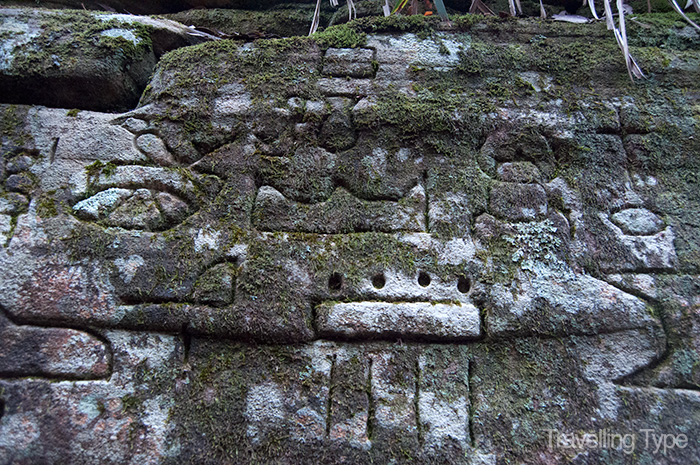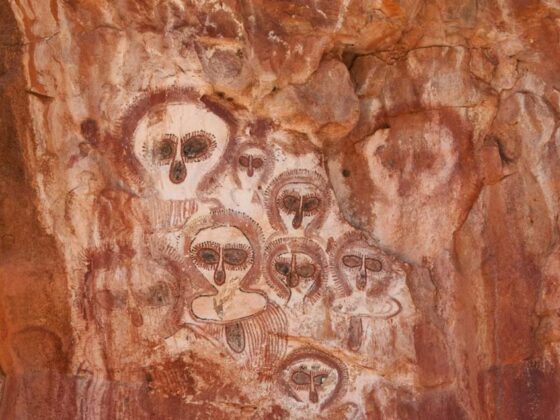Nestled in the rugged bushland of Brisbane Water National Park, near Gosford on the New South Wales Central Coast, lies an archaeological enigma that has sparked intense debate for decades. The Gosford Glyphs, a collection of approximately 300 Egyptian-style hieroglyphs carved into two sandstone walls, have long been dismissed as an elaborate hoax. However, recent research and analysis have begun to challenge this narrative, suggesting that these mysterious carvings may hold more authenticity than previously believed.
The story of the Gosford Glyphs begins in the 1970s when they were first formally reported by Alan Dash, a local surveyor working for Gosford Council. Dash had been visiting the area for years without noticing the glyphs, which were largely obscured by sand, rocks, and overgrown vegetation. As he continued to visit the site over the next five years, he observed new glyphs appearing with each visit, fueling speculation about their origins and authenticity.
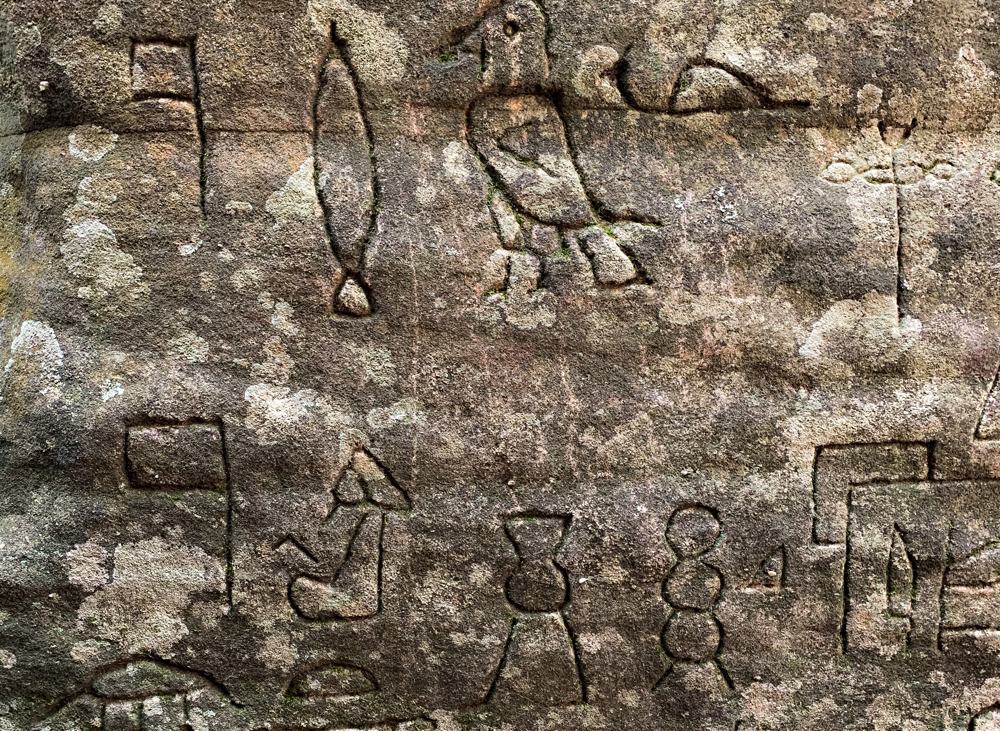
For years, the prevailing view among academics and authorities was that the glyphs were a modern hoax, possibly created in the 1920s by Australian soldiers returning from Egypt, inspired by the discovery of Tutankhamun’s tomb. Professor Boyo Ockinga, a respected Egyptologist, initially dismissed the glyphs, citing their disorganized arrangement and the inclusion of symbols from different periods of Egyptian history as evidence of their inauthenticity.
However, recent research has begun to paint a more complex picture. A team of researchers, including Egyptologists Yousef Awyan and Mohamed Ibrahim, have conducted a detailed analysis of the glyphs, yielding surprising results that challenge the hoax theory.
One of the most intriguing aspects of their findings is the use of rare or obscure hieroglyphs that were only recently added to Egyptian dictionaries. Some of these symbols were not officially recognized or cataloged until as recently as 2012. This raises a perplexing question: how could hoaxers in the early 20th century have known about and used symbols that were not yet documented in academic literature?
Mohamed Ibrahim, in his academic paper on the subject, notes that some of the symbols at Gosford have unusual orientations or variations that are listed in specialized dictionaries as “not commonly used.” For example, one glyph corresponds to the code F46a, a rare variant of the more common F46 symbol. The presence of these obscure variants suggests a level of knowledge that would be highly unusual for a modern hoaxer to possess.
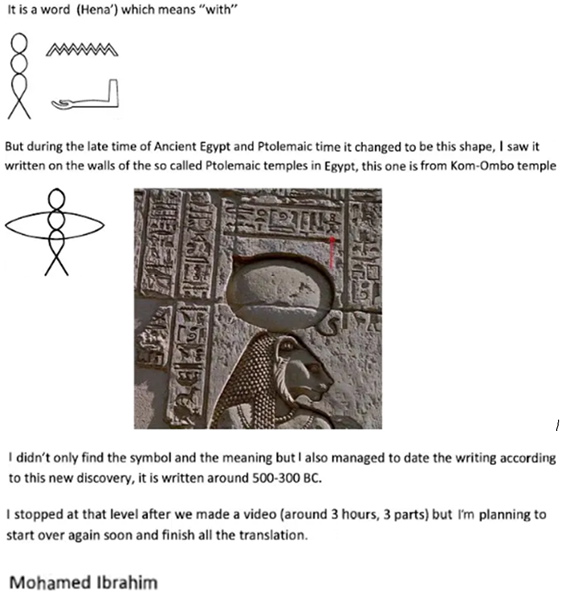
Another aspect that lends credence to the glyphs’ potential authenticity is their crude carving style. While this was initially seen as evidence of their fraudulent nature, some researchers now argue that it actually supports the narrative presented in the glyphs themselves. According to the translation provided by Awyan and Ibrahim, the text speaks of a group of Egyptian sailors who were shipwrecked on the Australian coast. If this account is true, it would make sense that the carvers were sailors, not trained sculptors, explaining the rough and sometimes awkward execution of the glyphs.
The translation of the glyphs, as presented by Awyan and Ibrahim, tells a compelling story:
“I, Nefer Djeseb, son of Khufu, King of Upper and Lower Egypt, have been shipwrecked on this foreign shore. Our ships were destroyed by the waves. This land, which I call PENU, is alien to us. I have erected this monument to record our sojourn in this strange land.”
The text goes on to describe the sailors’ encounter with the local inhabitants, whom they found to be peaceful and without deception. It also mentions the burial of their dead comrades and their efforts to repair their ships and return home.
What makes this translation particularly intriguing is its use of terminology and phraseology that is consistent with ancient Egyptian texts from the purported period. The mention of specific titles, such as “Chief of the Sailors” and references to Egyptian deities like Amun, the Hidden One, add layers of authenticity that would be difficult for a modern hoaxer to fabricate without extensive Egyptological knowledge.
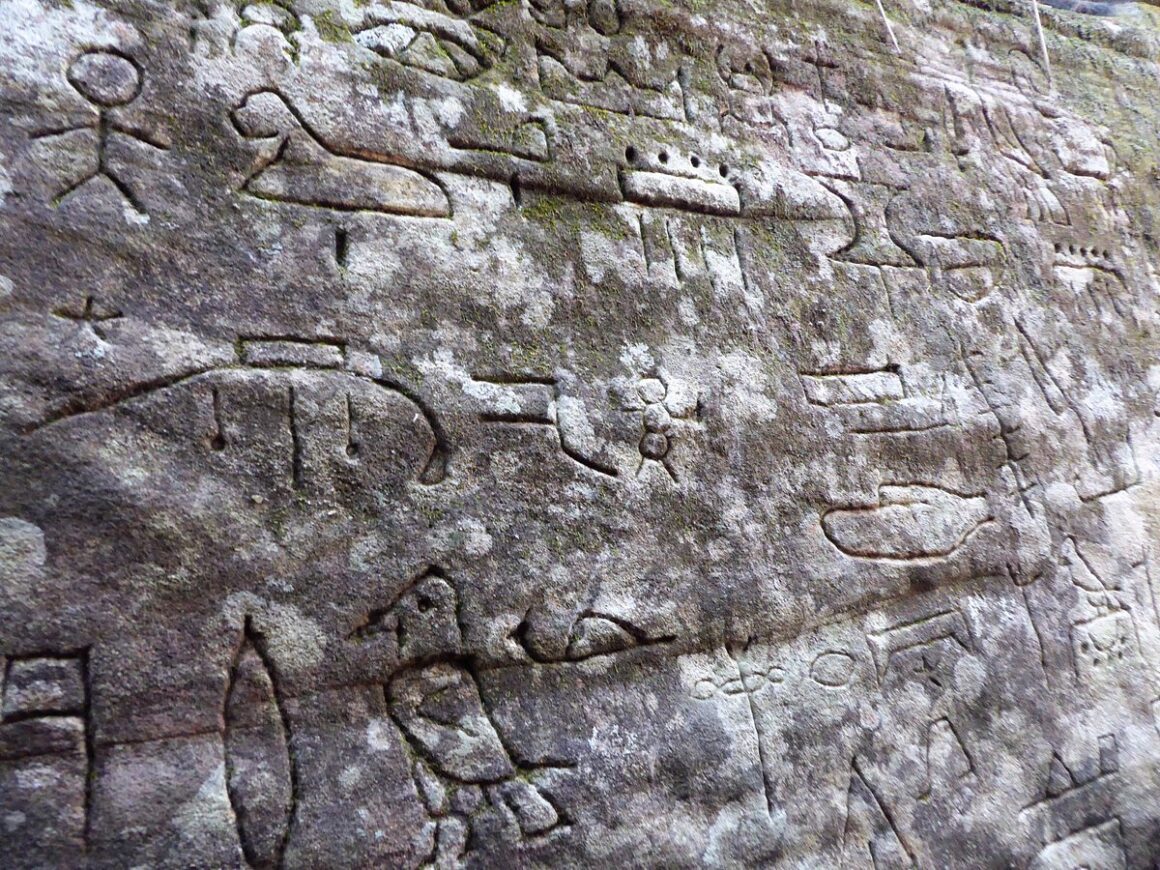
The dating of the glyphs has also been a subject of renewed interest. While earlier theories placed them as far back as the Old Kingdom period (around 2500 BCE), the style and content of the writing suggest a later date, possibly around 500 BCE. This period aligns with a time of increased Egyptian maritime activity and exploration, making the idea of an Egyptian expedition reaching Australian shores somewhat more plausible.
Critics of the authenticity claim point out that there is no other archaeological evidence of ancient Egyptian presence in Australia. However, proponents argue that if this was indeed a small group of shipwrecked sailors, they may not have left much other trace of their presence. The remote and rugged nature of the area where the glyphs are found could have preserved this unique record while other potential evidence was lost to time.
The debate surrounding the Gosford Glyphs has implications that extend far beyond this one site. If authentic, they would require a significant rewriting of our understanding of ancient maritime capabilities and the extent of cross-cultural contact in the ancient world. It would suggest that Egyptian sailors were capable of much longer voyages than previously thought, potentially opening up new avenues of research into ancient navigation and shipbuilding techniques.
However, it’s important to approach these claims with scientific rigor and skepticism. While the recent research is intriguing, it has not yet been fully accepted by the mainstream archaeological community. More comprehensive studies, including advanced dating techniques and comparative analysis with other Egyptian texts, would be necessary to definitively establish the glyphs’ authenticity.
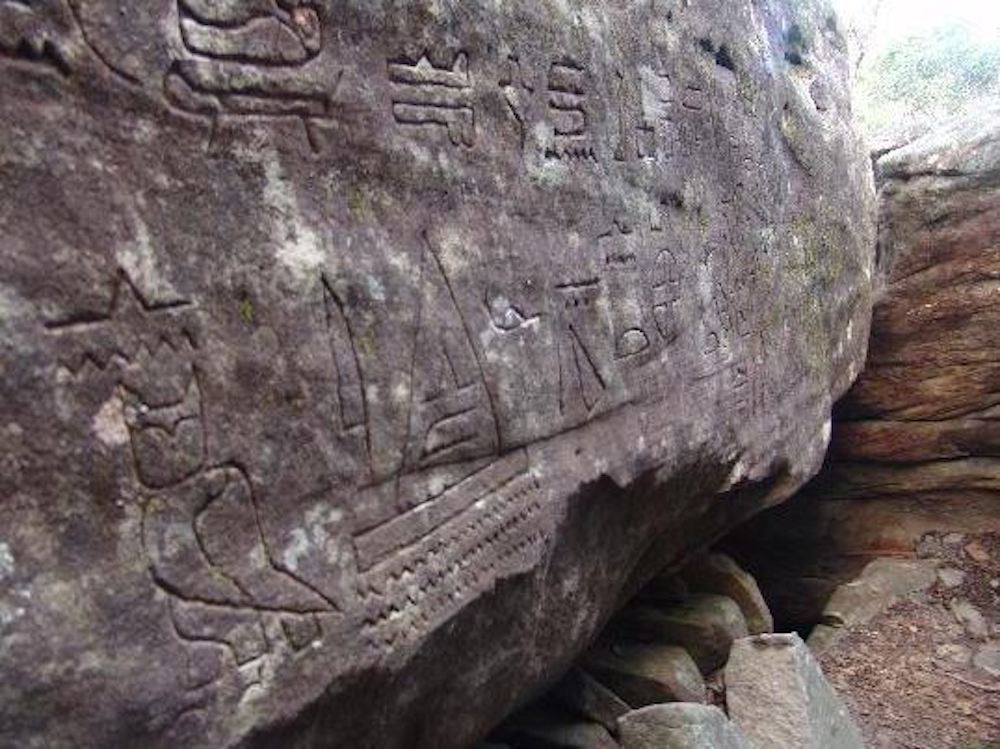
The site itself presents challenges for researchers. Located in a national park, access is restricted, and there are concerns about the preservation of the glyphs. Weathering and potential vandalism threaten the integrity of the carvings, making it crucial to document and study them thoroughly before further degradation occurs.
The story of the Gosford Glyphs is far from over. As new research techniques become available and more experts turn their attention to this enigmatic site, we may yet uncover more clues to their true origins. Whether they ultimately prove to be an ancient record of an extraordinary voyage or an elaborate modern creation, the Gosford Glyphs continue to captivate our imagination and challenge our understanding of ancient history.
